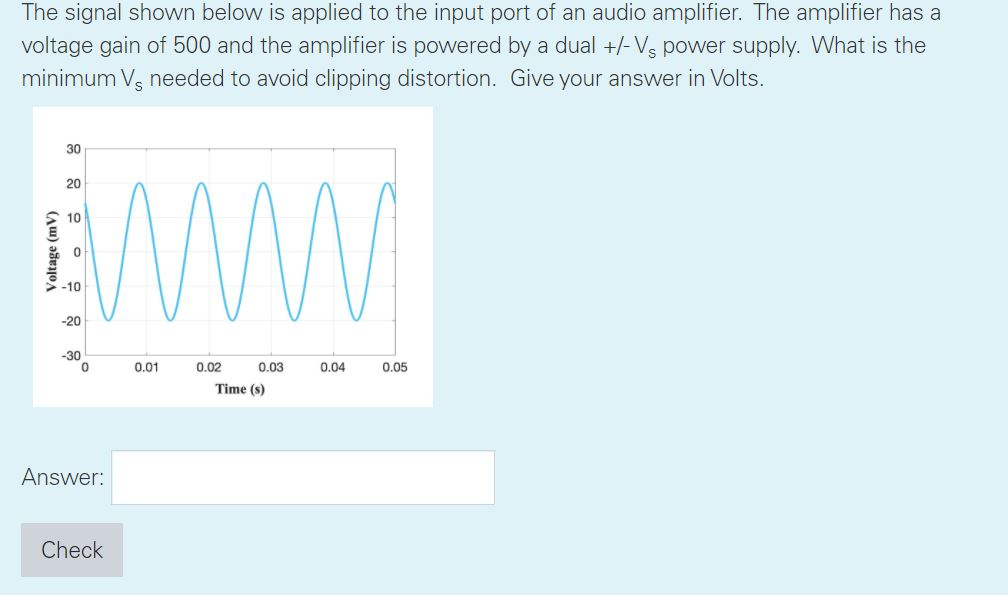
With dozens of angles to shoot to cover the whole 360° panorama, and multiple exposures for each angle… this will take way too long. The sun in the second image is a lot smaller than you might expect, since the glare in the first image makes it seem much bigger.īut now how do we shoot the rest of the panorama? Having a 12-stop filter on our lens makes “normal” exposure photos take about a whole minute to capture. Sidenote: Both of the above images are at the same zoom level (300% crop, shot with 10mm APS-C lens). So now we can shoot the sun without overexposing it, great!

Shooting with the same settings as before, but now with a 12-stop ND filter on my lens, I get this instead: 1/4000, F/22, ISO 100, 12 stop ND filter Once I can afford a new camera, I plan to purchase a 15-stop filter which should allow me to shoot at F/11 instead. Getting an even darker filter (higher stop number) will allow you to open up the aperture slightly to get sharper images at the same exposure. If your minimum exposure settings are like mine (1/4000, F/22), then a minimum of a 12-stop ND filter is needed in order to capture the sun when it is brightest on a clear day at noon. Granted, it’s not as simple as slapping one of these babies on your lens and calling it a day, it requires some extra steps when processing the HDRI and an understanding of the implications of this method. ND filters have long been a useful tool in the arsenal of landscape photographers and videographers, so it surprises me how few professional HDRI creators use these things. Having already reached the darkness potential of my camera, there is only one thing left to use: an ND filter. In some indoor cases, this is fairly easy to achieve even accidentally, but as soon as you go outdoors and try to shoot the sun directly you’ll realize how absurdly bright it really is, and how difficult it is to shoot without careful thought and planning.Įven at my camera’s darkest exposure settings – 1/4000, F/22 and ISO 100 – the sun is still far too bright to capture without overexposing (clipping) it: 1/4000, F/22, ISO 100


As you know, it is absolutely imperative that the light sources in an HDRI are not clipped.


 0 kommentar(er)
0 kommentar(er)
